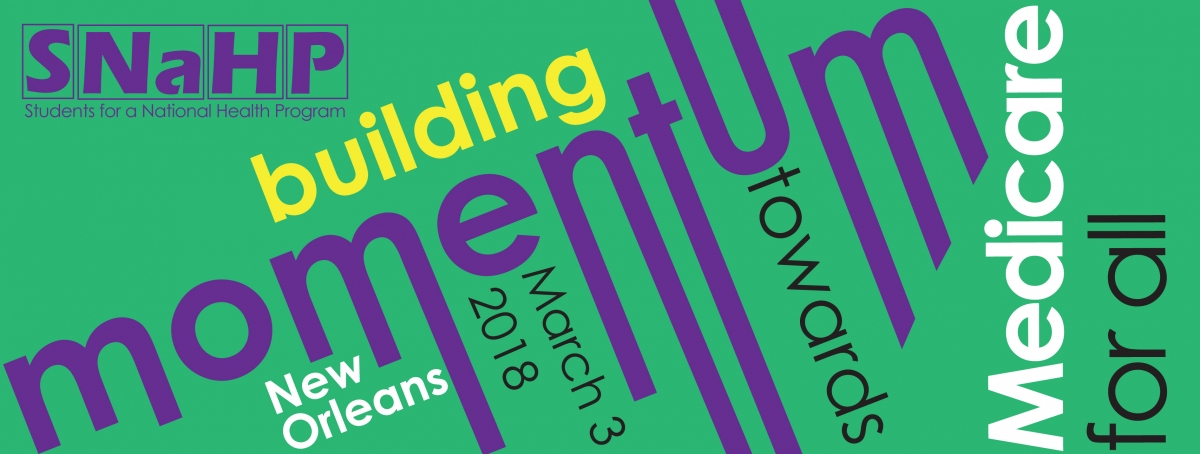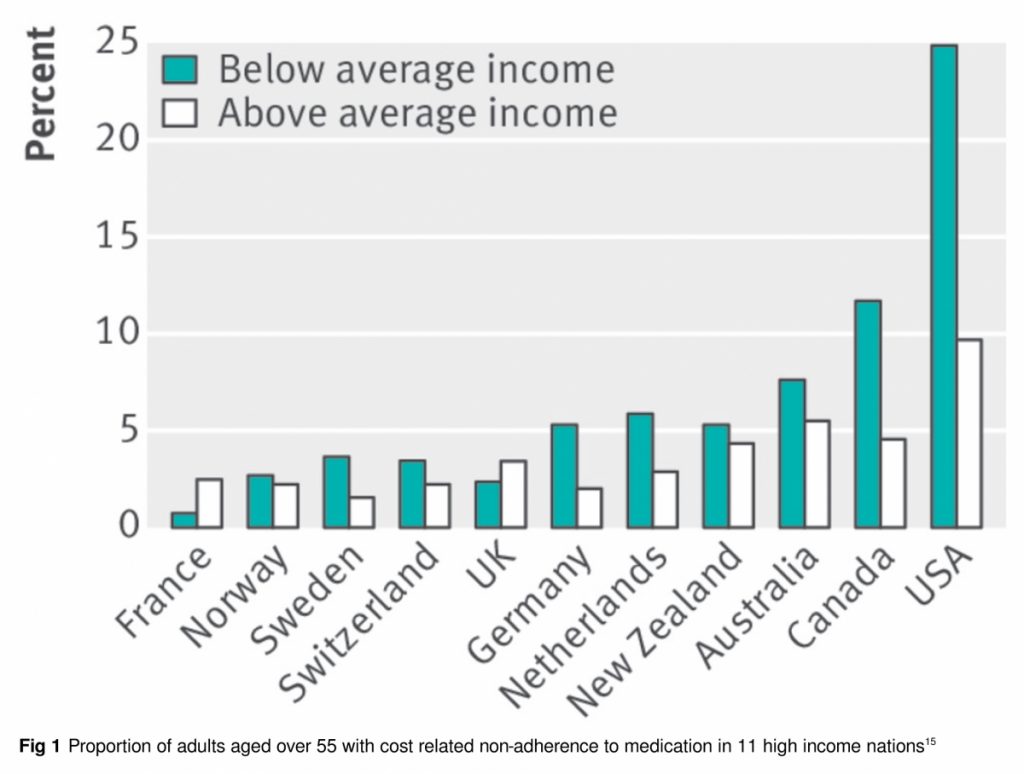Overview of the Medicare for All Act of 2019
Read the full text of the Medicare for All Act.
Read PNHP’s news release, and the news release from lead sponsor Pramila Jayapal (D-Wash.).
One-page summary covering major features of the bill.
List of co-sponsors of the Medicare for All Act in the current (116th) Congress.
List of organizations and governmental bodies endorsing single-payer reform.
Activism on the Medicare for All Act
Write a letter to your representative and ask them to co-sponsor the bill.
Call your representative at (202) 224-3121 and ask them to co-sponsor the bill.
If your representative has already co-sponsored, ask them to join the Medicare for All Caucus.
Visit PNHP’s Take Action page.
Introductory press conference
Financing a single-payer national health program
Funding H.R. 676: Executive Summary
(Friedman, University of Massachusetts-Amherst; July 2013)
“Liberal Benefits, Conservative Spending”
(Grumbach, et al., JAMA 265(19); May 15, 1991)
How Much Would a Single-Payer System Cost?
The Current and Projected Taxpayer Shares of U.S. Health Costs
(Himmelstein and Woolhandler, American Journal of Public Health, 2015)
A Comparison of Hospital Administrative Costs in Eight Nations
(Himmelstein et al., Health Affairs, Sept. 2014)
Transitioning to single-payer national health program
Beyond the Affordable Care Act: A Physicians’ Proposal for Single-Payer Health Care Reform
(Working Group on Single-Payer Program Design, American Journal of Public Health 106(6); June 2016)
A National Long-term Care Program for the United States; A Caring Vision
(Working Group on Single-Payer Program Design, JAMA 266(21); December 4, 1991)
A Better-Quality Alternative: Single-Payer National Health System Reform
(Working Group on Single-Payer Program Design, JAMA 272(10); September 14, 1994)








